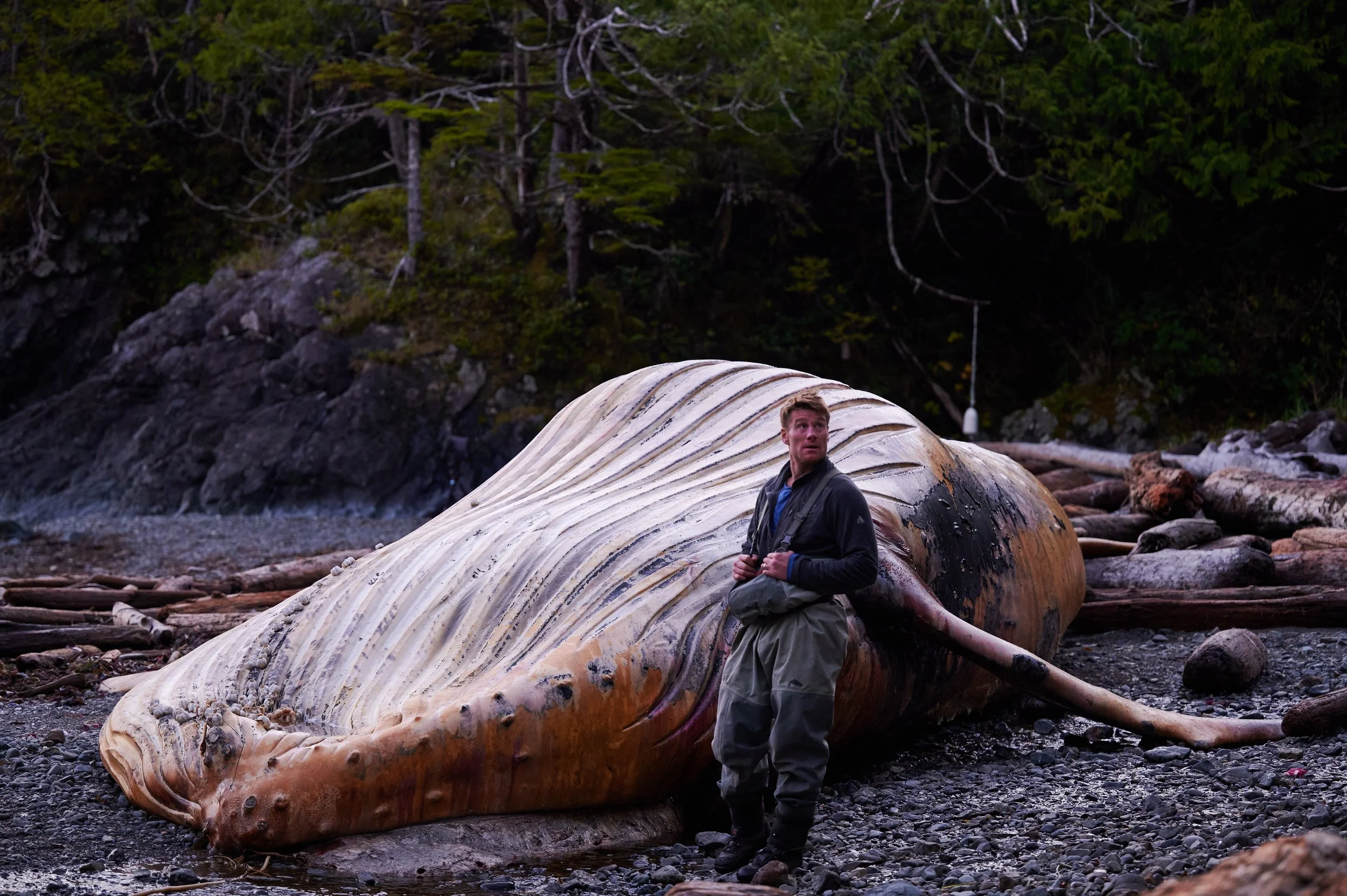When we log a forest it is common practice to re-plant the cut-block, but when we commercially harvest a fish stock do we think that they are just going to magically re-appear? Perhaps this is why every commercial fishery in the history of commercial fisheries has or is collapsing.
There is not sufficient management, protection or restoration protocol in place to make it sustainable. “Unless you put fish back into the system, there will be no more fish.” Chapman Creek Hatchery Manager, Bob Anstead tells me. It is a difficult statement to argue with, as I know that unless my wife continues to put cookies back in the cookie jar there will be no more cookies. It seems to be a simple matter of common sense.
There are many arguments for and against fish hatcheries and everyone is entitled to their own opinion. However, we should now know that our oceans do not offer us a bottomless pit of resources, they need to be respectfully managed by dedicated stewards who understand the dynamics involved because they are plugged into it. They do not need to be scientists they just need to understand whats involved. If you haven't already, check out the film "The Man Who Digs for Fish." If you can find it, let me know where because its a tough film to come by but what a message.
From taking the time to get to know the volunteers and organizers at local small-scale private fish hatcheries I can say with certainty that these people care about this resource and because they have or presently are taking time to learn more about it, they are excellent stewards. They are active in the process of salmon enhancement and are dedicated to giving back to something that we have been taking far too much from for far too long.
Dont get me wrong, I am not suggesting that fish hatcheries are the sole solution to the diverse problem of diminished salmon populations in BC but they may be part of it. Other excellent enhancement strategies may involve education, habitat restoration and cutting back on over fishing.
One thing I know for sure is that it would be a tremendous tragedy if we were to wake up one day only to discover that the Pacific Salmon fishery has met the same fate as the Atlantic Cod fishery. Some would argue that it already has but I will argue that its not too late and grassroots organization is the best place to start.




